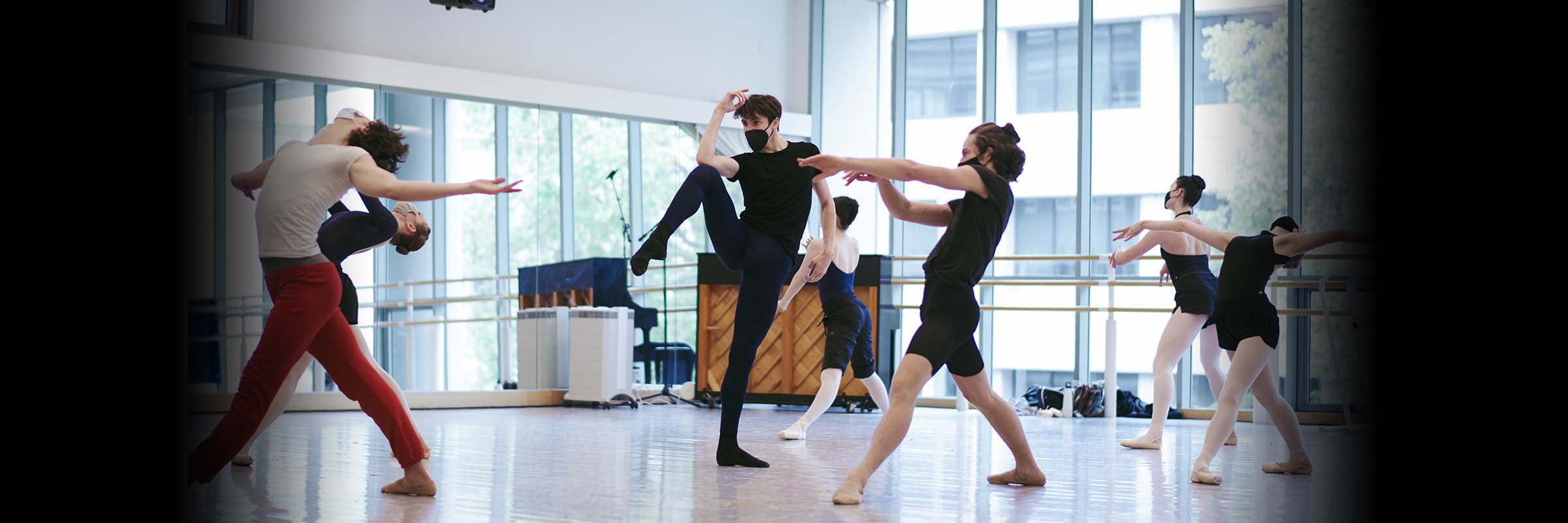A Celebration of Craft
See the Stars of Tomorrow in Three Newly Captured Works
Audiences can attend the biggest event of the year for San Francisco Ballet School by heading to the screen. The 2021 Virtual Festival will take place on June 17, including a gourmet home-delivered dinner, program, and artist meet-and-greets. Additionally, for the first time ever, the complete program will stream for free (a $29 donation is suggested) on SF Ballet @ Home from June 18 to 24. Proceeds from the Virtual Festival will directly support the School’s scholarship and financial aid programs for students.
SF Ballet School Director Patrick Armand has programmed an exciting evening for viewers, who haven’t seen these elite ballet students—the stars of tomorrow—perform since 2019. The program includes class observations of students from Levels 1 through 8, as well as three newly captured performances by the Trainees. Armand has staged the SF Ballet School premiere of Sir Frederick Ashton’s Pas de Quatre from Swan Lake, and two Faculty members have choreographed world premieres: Future Paper by Dana Genshaft and Graces by Viktor Plotnikov.
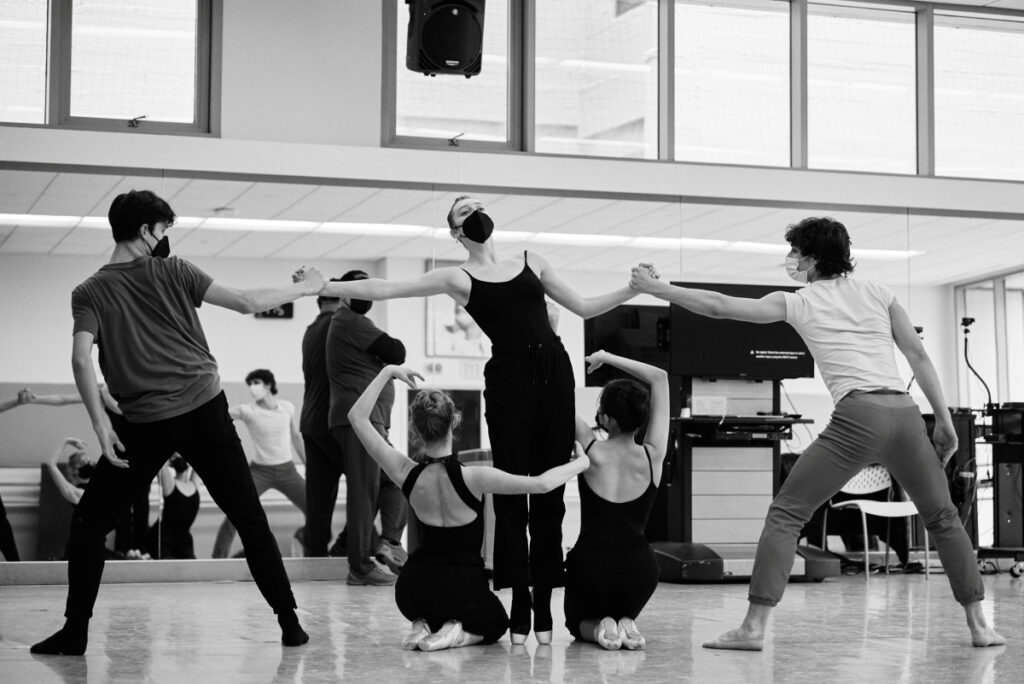
“It’s important for Trainees to work with choreographers and have pieces made for them. [Going through] the process is important” for pre-professional students, Armand explains. Genshaft has created work for the school before—most recently, her ballet Heliotrope toured to Sun Valley in 2019. Plotnikov joined the School faculty this year.
Genshaft’s Future Paper, a ballet for seven dancers, is set to a new commission by San Francisco–based composer Kamran Adib. The score blends electronic and orchestral music styles, which act as a driving pulse. “I wanted it to move, to build in energy,” Genshaft says. She and Adib met through the SF Ballet School Choreographic Workshop, a collaboration with the San Francisco Conservatory of Music.
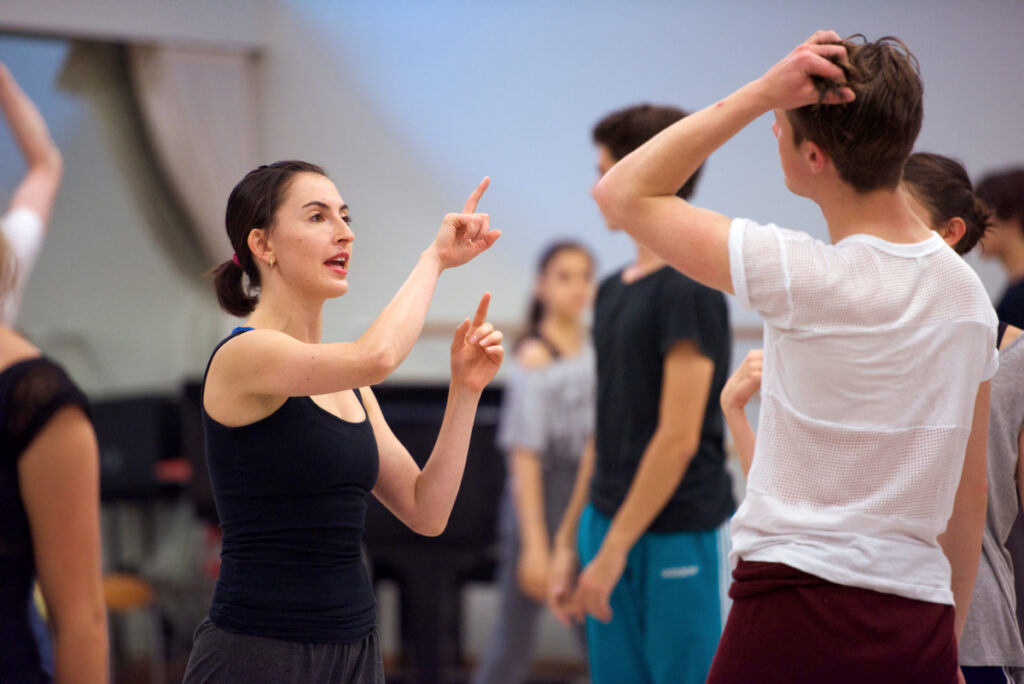
When starting a new work, Genshaft lets the music be her guide, working closely with the structure of the score. Once the dancers are added, she invites them to collaborate and works with their unique chemistry. “[Future Paper] quite simply celebrates the pleasure of dancing together in time and space,” she says.
Plotnikov’s world premiere, Graces, is a ballet for three couples set to the fourth movement of Gustav Mahler’s Symphony No. 5. After considering making a work about the challenges of the pandemic, Plotnikov instead “decided to do something peaceful, describing beauty, so all can just enjoy.” Armand echoed this sentiment after watching a rehearsal, remarking that the dancers looked like mermaids.
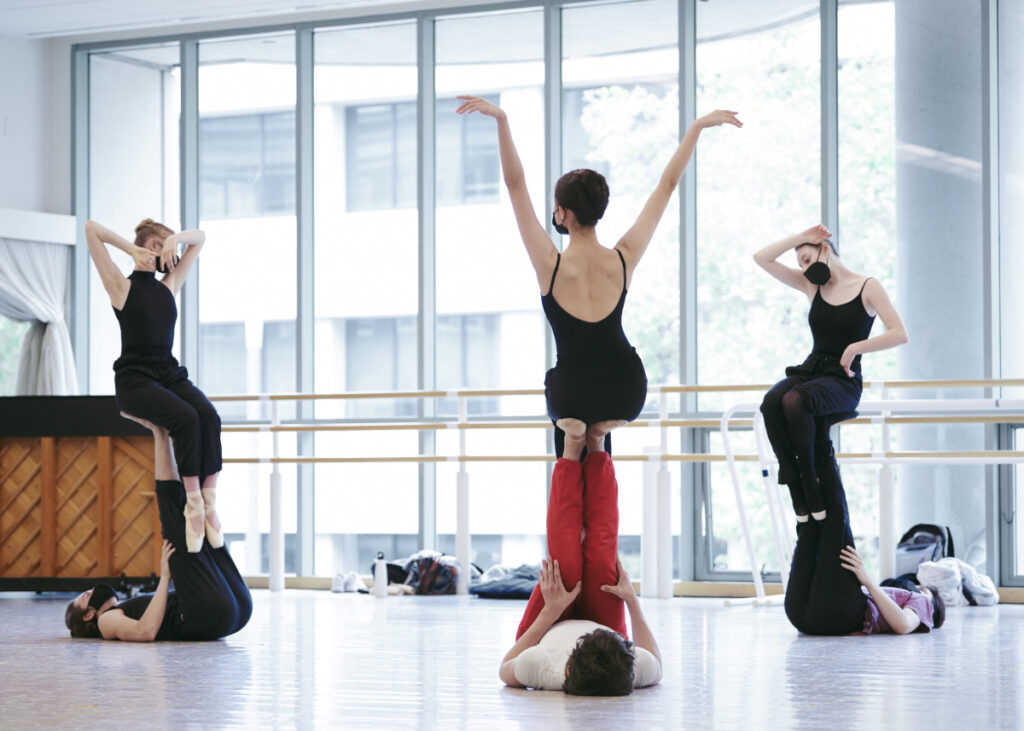
Jihyun Choi, a dancer in Graces, hopes that feelings of relaxation and grace will come across to the audience. She said that Plotnikov gives imagery-based instructions in the studio, like “Imagine that warm rain is falling down on your arm.” “I really like how he gives this kind of correction,” she says, “so that I can first imagine, plan my own way to describe, and make the movements special.”
Both choreographers have created dance for the screen before. For Genshaft, “the obvious challenges with filming choreography are connected with how a choreographer’s voice translates through all the other layers—the layer of the camera movement, the layers of editing.” Neither choreographer is adding prop elements, but Genshaft is considering how to use lighting as a filmic storytelling tool—something she will approach with Lighting Designer Jim French. The performances are being captured in May at San Francisco–based dance company ODC’s B.Way Theater.
The third new capture on the Virtual Festival program is the SF Ballet School premiere of Ashton’s Pas de Quatre from Swan Lake, staged by School Director Armand. Armand performed in the Pas de Quatre as a dancer with London Festival Ballet (now English National Ballet), in one of the last casts to be coached by Ashton himself. Made for two women and two men, Armand called it “classical with a twist”—literally. It incorporates subtle nods to the social dances of the 1960s, when Ashton choreographed the piece. Choi, also cast in this ballet, describes her embodied persona as a fairy, an image which helps her achieve the “jazzy and stylish” movement style required for the role. Her biggest hurdle is maintaining stamina through the many big jumps and small details featured in the choreography.
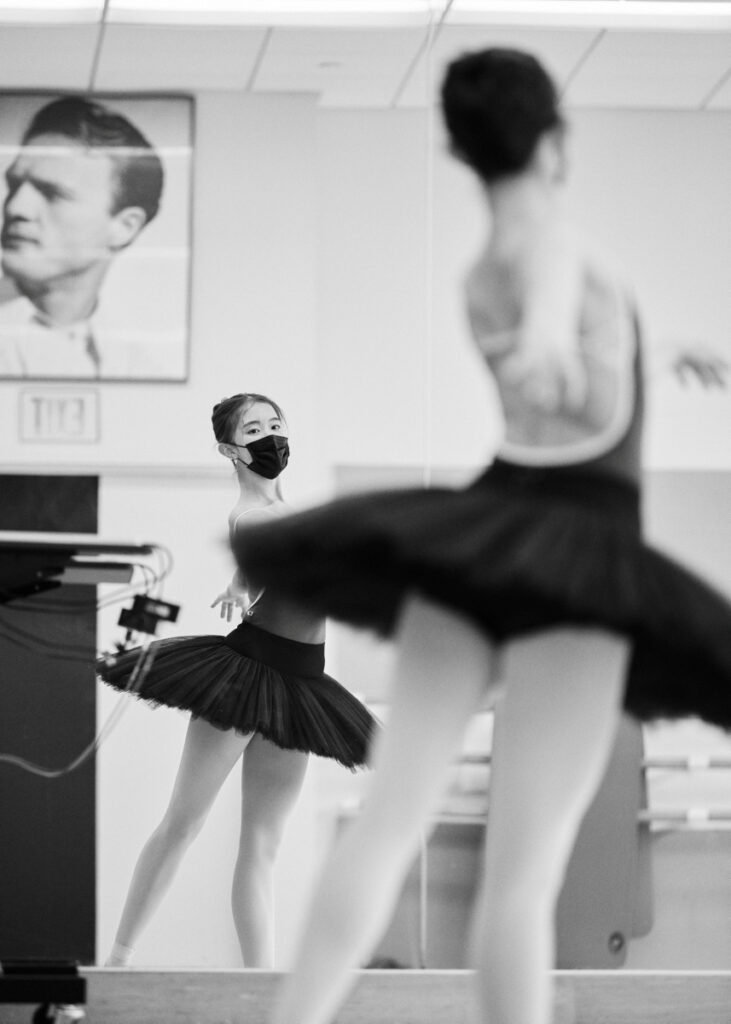
The most anticipated part of the festival? Performing. “I’m looking forward to seeing [the students] dance without their masks,” Genshaft says, “and to see their beautiful faces light up the screen, to see them have eye contact onstage with each other, the connection.” It’s “long overdue,” Plotnikov adds. Choi has some to-be-expected nerves about dancing on film—her first time. Despite that, she’s excited by the opportunity to perform. “Even though the audience cannot be in the theater with us,” she says, “I really hope that they can feel what we feel and enjoy [this] form of art.”
Armand is sincere about what the festival means to him. “It’s a privilege. I’m very thankful. This will help us to tell our story [of] what we’ve been through during this time.” The Virtual Festival honors the resilience of the School community during the pandemic. And, Armand says, “It will be a celebration of a better future.”
Header Image: San Francisco Ballet School Students rehearsing Genshaft’s Future Paper // © Erik Tomasson



